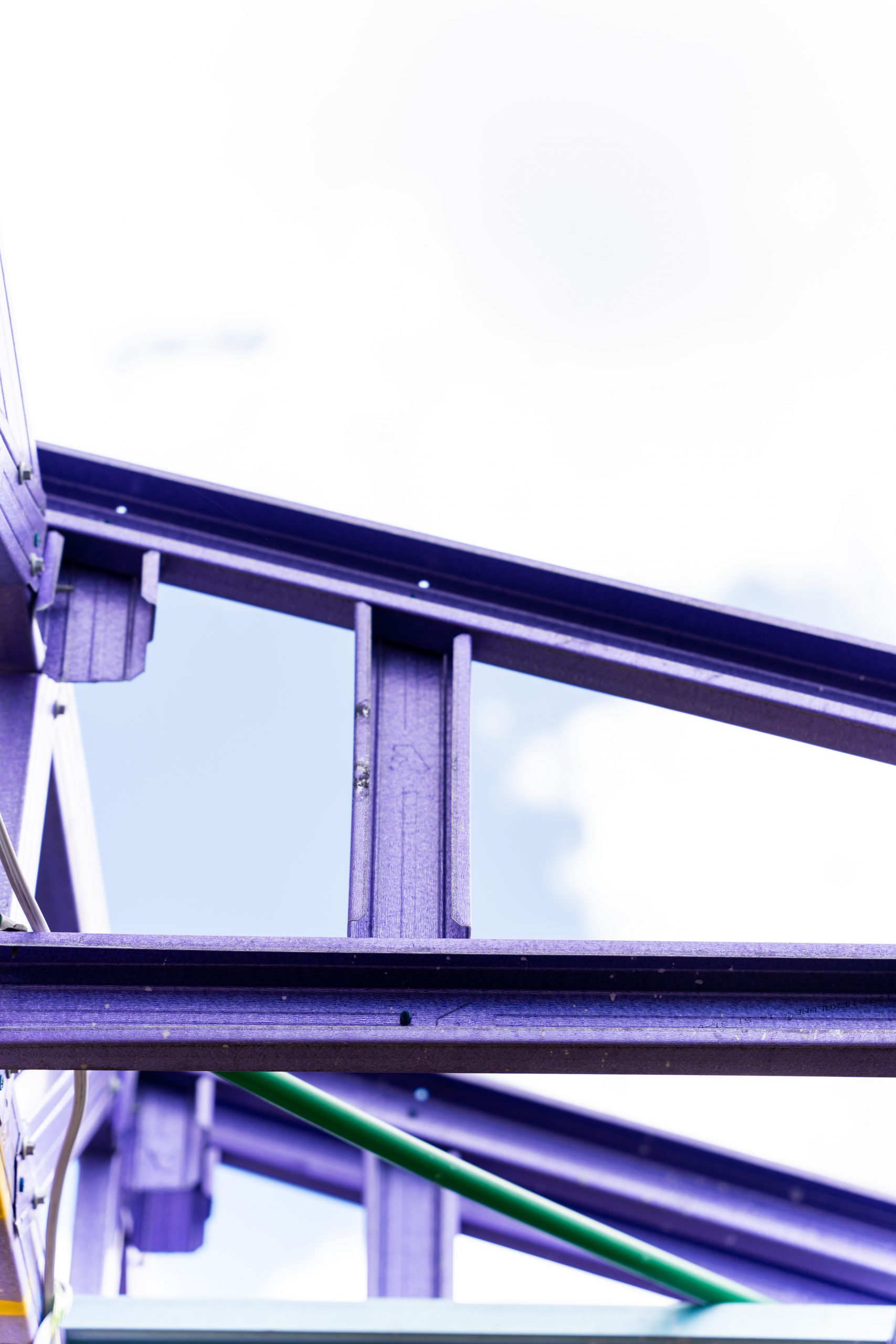Did you know steel framing has been part of the Australian building industry for 50 years?
Post-war conception
In the late 1940s, demand for housing was at an all-time high despite post-war materials shortages.
As a result, a steel wall framing system called Econosteel was conceived and then installed in over
300 houses in Canberra, ACT.
Despite the name, this somewhat primitive system – which consisted of studs and plates dipped in
bituminous paint and assembled using tabs and slots – was actually quite expensive. It cost
customers over six times that of a timber alternative.
Innovation
By the 1960s, other innovations in steel framing emerged; on the Gold Coast around 50 homes were
built using a new approach featuring galvanised steel finished with stucco. In Sydney, a new
conception of nested and welded galvanised steel frames became the leading style of steel framing
for the following 20 years.
Lightweight steel emerges
In the 1980s lightweight steel made its debut. The high-tensile nature of this new lightweight zinc-
aluminium alloy coated steel meant seemingly endless design possibilities while boasting an
impressive strength to weight ratio. The durability of these new frames was second-to-none.
Steel framing of today
Advances in technology and software have only improved the popularity and efficiency of steel
framing. With the introduction of prefabricated steel frames and trusses manufacturing and
installation is now more precise, cost-effective and with minimal waste.
Incredible, isn’t it? To see just how far we’ve come, when we consider the spectacular architectural
creations this ever-evolving building system can now accommodate, despite its humble – and costly –
beginnings!
At AusSteel, we are immensely proud to be part of the Australian steel framing industry and to be
playing our part in future innovation.





